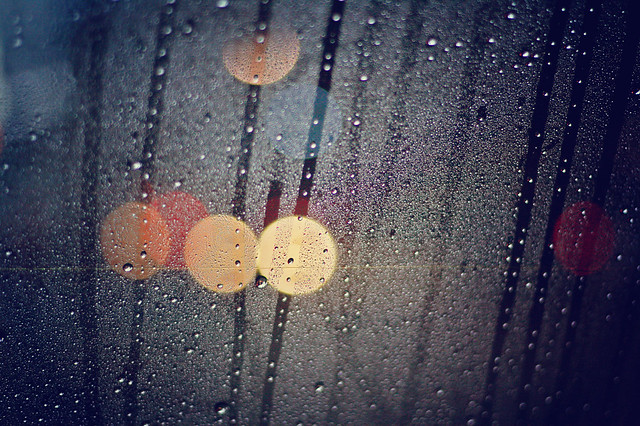
Exposure: 0.033 sec (1/30)
Aperture: f/1.8
Focal Length: 50 mm
ISO Speed: 800
Exposure Bias: 0 EV
Flash: Off, Did not fire
The term “bokeh” seems to have evolved from its original definition. Nowadays bokeh refers to out of focus lights and shapes within a picture, rather than the “aesthetic quality of the blur in out-of-focus areas of an image.”
Creating better bokeh photography is not so much skill but creativity. Technically, to make the lights appear out of focus, you just have to switch to manual focusing and twist the focusing ring to the right or left until you have achieved the desired effect, but beautiful bokeh photos are more than just random blurs and orbs. Here are some tips for better bokeh photography:
Foreground and Background
Instead of making the background as nondescript as possible to keep the attention on the subject in the foreground (or vice versa), find a way to connect the two. Make it so that every element in the photo has a role in the overall appeal of the image. If there are out of focus lights in the background, what are they in relation to the foreground? Do they represent another element or are they just random distractions?
I see this technique being used often in wedding photography, when the bride is closer to the camera and the blurry shape groom is in the background. Or when the couple is in focus and the wedding party is blurred in the background.
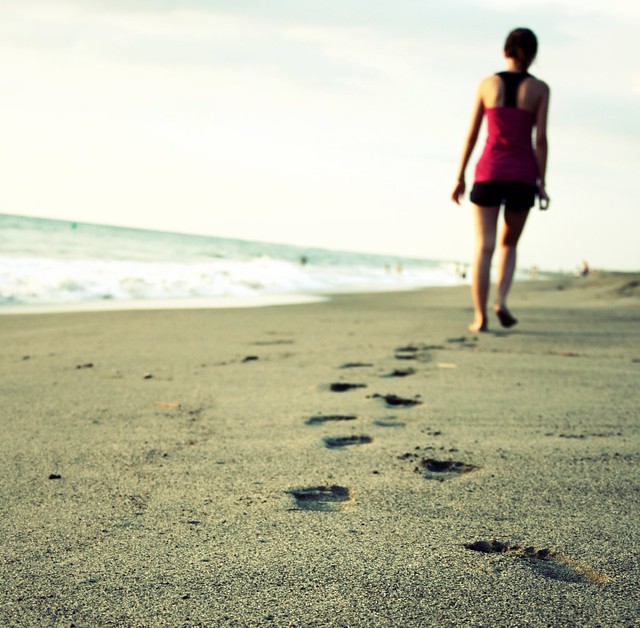
Exposure: 0.006 sec (1/160)
Aperture: f/4.5
Focal Length: 35 mm
ISO Speed: 200
Exposure Bias: +1/3 EV
Flash: Off, Did not fire
Light Sources
To produce glowing balls in the background, you need pinpoint light sources such as streetlights, headlights, flashlights, candlelight or any object with a highlighted point. You’ll also need to increase the distance between your subject and the light source/s, or have a wide aperture and decrease the distance between your subject and the camera.
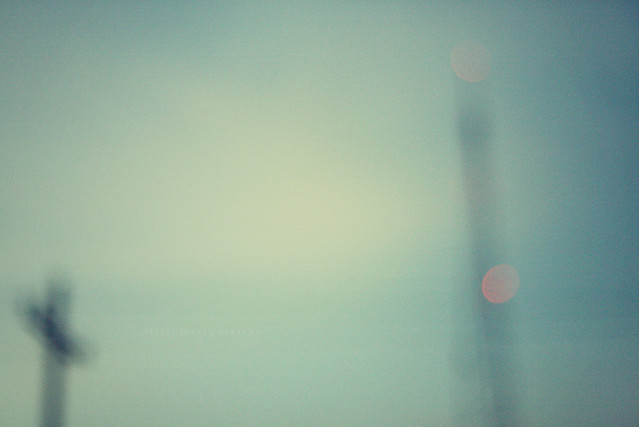
Exposure: 0.01 sec (1/100)
Aperture: f/1.8
Focal Length: 50 mm
ISO Speed: 1600
Exposure Bias: 0 EV
Flash: Off, Did not fire
Good and Bad Bokeh
Smooth and creamy bokeh with no harsh edges is generally referred to as “good bokeh.” On the other hand, bokeh with defined edges or backgrounds that aren’t blurry enough are considered “bad bokeh.”
Bokeh is rendered by the lens, not the camera. If you want good quality bokeh, portrait and telephoto lenses generally yield more pleasant-looking bokeh than cheaper zoom lenses.
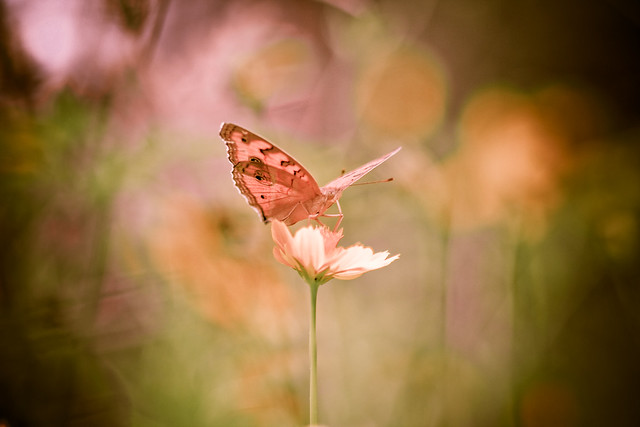
Camera: Canon EOS Digital Rebel XTi
Exposure: 0.006 sec (1/160)
Aperture : f/2.8
Focal Length: 100 mm
ISO Speed: 100
Exposure Bias: 0 EV
Flash: Off, Did not fire
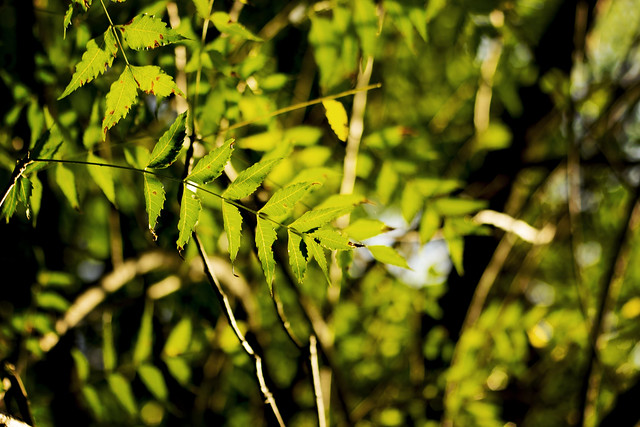
Camera: Canon EOS REBEL T3i
Exposure: 0.004 sec (1/250)
Aperture: f/3.2
Focal Length: 50 mm
ISO Speed: 100
Exposure Bias: 0 EV
Flash: Off, Did not fire
Textures
Incorporate different textures into your bokeh photos. The easiest way to do this is to focus on the windshield or window of your car. You can spray water or other liquids onto the glass and focus on texture to create a unique effect against the out of focus headlights or streetlights for example.

Exposure: 0.025 sec (1/40)
Aperture: f/1.8
Focal Length: 50 mm
ISO Speed: 400
Exposure Bias: 0 EV
Flash: Off, Did not fire
Aside from incorporating textures into your photos, you can also use your bokeh photos as an overlay to some of your photos. Use it like you would any other stock texture photo.
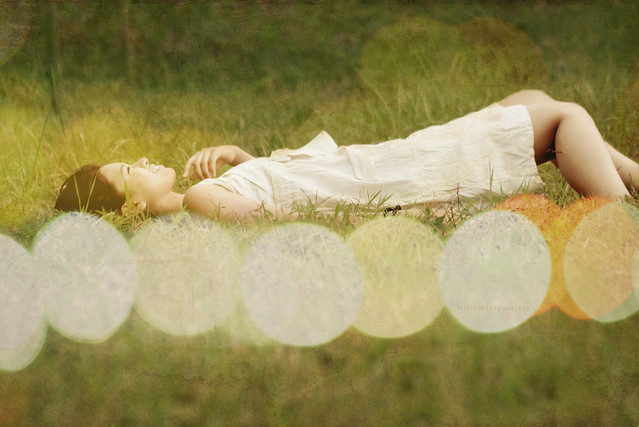
Exposure: 0.003 sec (1/400)
Aperture: f/2.8
Focal Length: 50 mm
ISO Speed: 100
Exposure Bias: 0 EV
Flash: Off, Did not fire
City-keh
Popular landmarks or tourist attractions have been photographed 348297 times from every conceivable angle and time of day. If you’re tired of that ‘obligatory photo in front of the Eiffel Tower’, try viewing the city or landmark from an out-of-focus perspective.
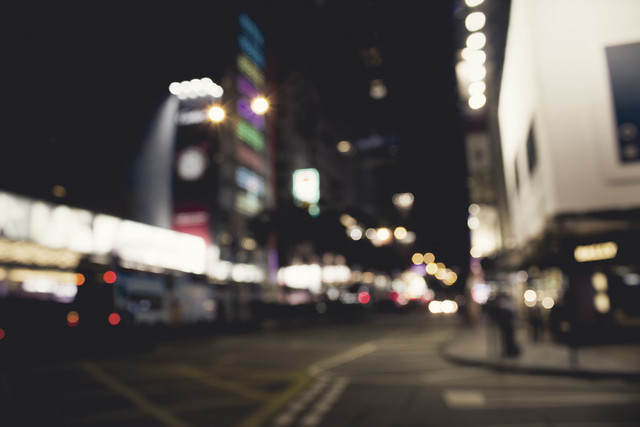
Camera: Canon EOS REBEL T3i
Exposure: 0.05 sec (1/20)
Aperture: f/5.6
Focal Length: 18 mm
ISO Speed: 200
Exposure Bias: 0 EV
Flash: Off, Did not fire
Be sure to join us on Facebook, Twitter and Google+ to stay updated on our most recent posts!
The post Tips for Better Bokeh Photography appeared first on ExposureGuide.com.